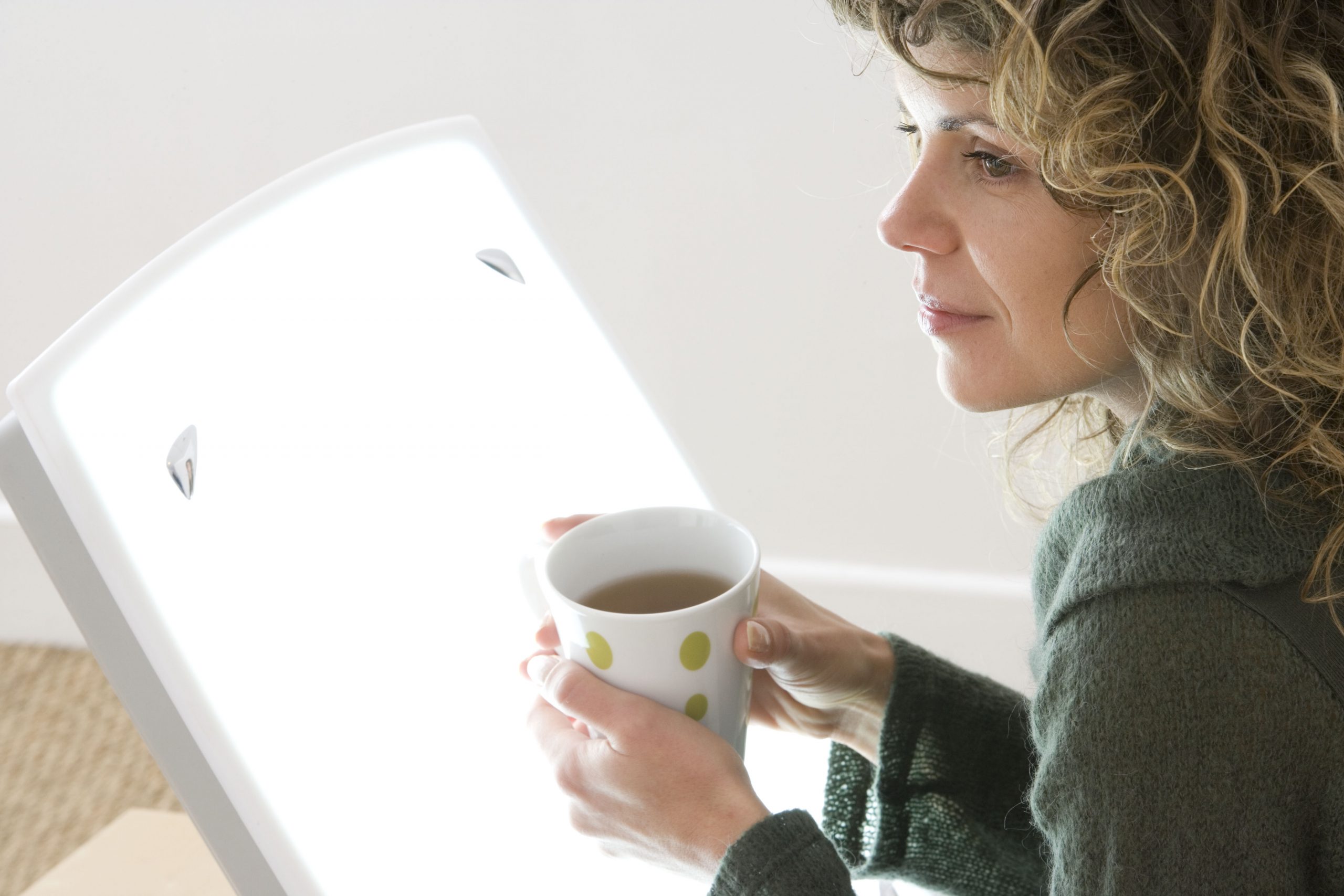
Managing Seasonal Depression
Every fall, as the days grow shorter and the sky darkens, I see patients whose mood begins to match the gloomy external world. They are tired, sleep long hours, and have trouble getting out of bed or leaving the house. Their arms and legs feel like lead, and their strongest desires are cravings for sweet and starchy foods.
These complaints often mark the onset of winter seasonal affective disorder (SAD).
What is seasonal affective disorder?
Seasonal affective disorder, also known as SAD, is a form of seasonal depression that impacts many people during the darker and colder winter months, especially in climates like the PNW where daylight is limited and inclement weather persists. This type of depression is thought to be caused by the effect of reduced natural daylight on brain chemicals that regulate our sleep patterns and mood.
People with SAD may experience the following symptoms during fall and winter:
- Irritability
- Tiredness or low energy/Oversleeping
- Problems getting along with others
- Hypersensitivity to rejection
- Heavy feeling in the arms or legs
- Appetite changes, especially a craving for foods high in carbohydrates
- Weight gain
Treating SAD
Recommended treatments for SAD include light therapy, medication and talk therapy. Treatments depend on the severity of symptoms and other factors.
To compensate for the reduction in natural light, the first line of treatment for most people is light therapy. Light therapy starts working quickly, causes few side effects, and appears to be effective for most people in relieving SAD symptoms. It is recommended to use light therapy in 15-30 minute increments and earlier in the day is best.
To give light therapy a try, sit in front of a light box that delivers high intensity white fluorescent light (10,000 lux) for approximately 30 minutes a day.
According to the National Alliance on Mental Illness, 50 to 80 percent of light box users experience an essentially complete remission of symptoms when they continue treatment daily into spring.
The “dawn simulator” is another light therapy that can be used alone or in conjunction with a light box. This light mimics a natural sunrise. It turns on early in the morning and gradually increases in brightness to awaken people more naturally without an alarm. I also encourage my patients not to go overboard on energy conservation with it comes to home lighting. While it makes sense to turn off lights in vacant rooms, bright indoor lighting can contribute to a positive mood.
When to start and conclude light therapy
If you have experienced seasonal depression, the best time to begin light therapy is in October or November, ideally before symptoms appear. You can purchase light boxes and dawn simulators for home use from retail and online stores. Before initiating treatment for SAD, it is wise to meet with your doctor to confirm the diagnosis, as bipolar disorder can have a very similar appearance and requires very different treatment.
One other caution is that light therapy must be received through the eyes to be effective. As a result, tanning beds do not relieve seasonal depression and should be avoided due to the risk of skin cancer.
Let your doctor know if your mood fails to improve after several weeks of light therapy. You should also see your doctor immediately if you have severe symptoms of seasonal depression, such as difficulty functioning at work or home, or if you are feeling unusually sad and blue. In these cases, more aggressive treatments using antidepressant medications and cognitive behavioral therapy may be necessary.
Incorporating additional well-being practices
For seasonal affective disorder, as for other types of depression, the benefits of regular exercise and a healthy diet cannot be overemphasized. Unfortunately, I hear from many people that they work out until it starts raining – which is exactly when exercise is most needed. A daily walk is a great start, or you can take advantage of the many opportunities for indoor and outdoor recreation that the Pacific Northwest offers year-round.
Along with shorter days, the arrival of fall and winter often brings increased stress: summer vacations are over, school starts, and the holidays are around the corner. As a reminder that enjoyable activities are needed to counter stress and keep our spirits up, I often prescribe something we all can use a little more of, writing on my prescription pad: “Remember to have fun.”
 Pamela Sheffield, M.D., is a board certified family medicine doctor and former clinic chief at the UW Neighborhood Clinic – Ravenna in Seattle.
Pamela Sheffield, M.D., is a board certified family medicine doctor and former clinic chief at the UW Neighborhood Clinic – Ravenna in Seattle.
One Thought on “Managing Seasonal Depression”
On October 27, 2023 at 6:40 AM, Neil Nunez said:
It’s worth noting that the inverse holds merit as well. During the summer, I experience bouts of depression, aversion to going outdoors, erratic sleep patterns, feelings of oppression and congestion, and a host of other symptoms. The autumn and winter months are where my diet and exercise regimens return, and I feel as if I’m operating at my optimum level of efficiency. This also hold true of the rain; I am a pluviophile and function at high levels during overcast and stormy periods.
Comments are closed.